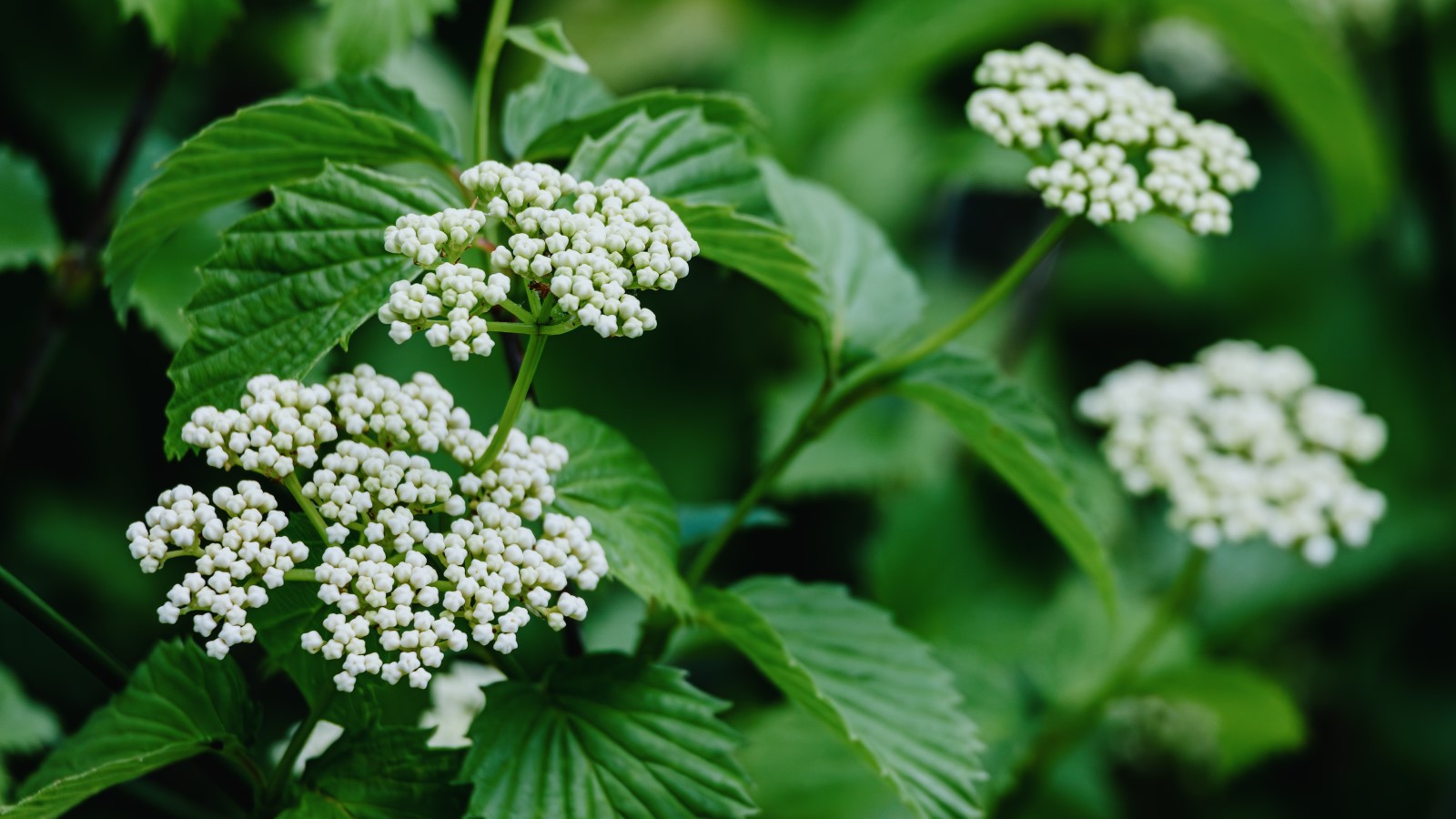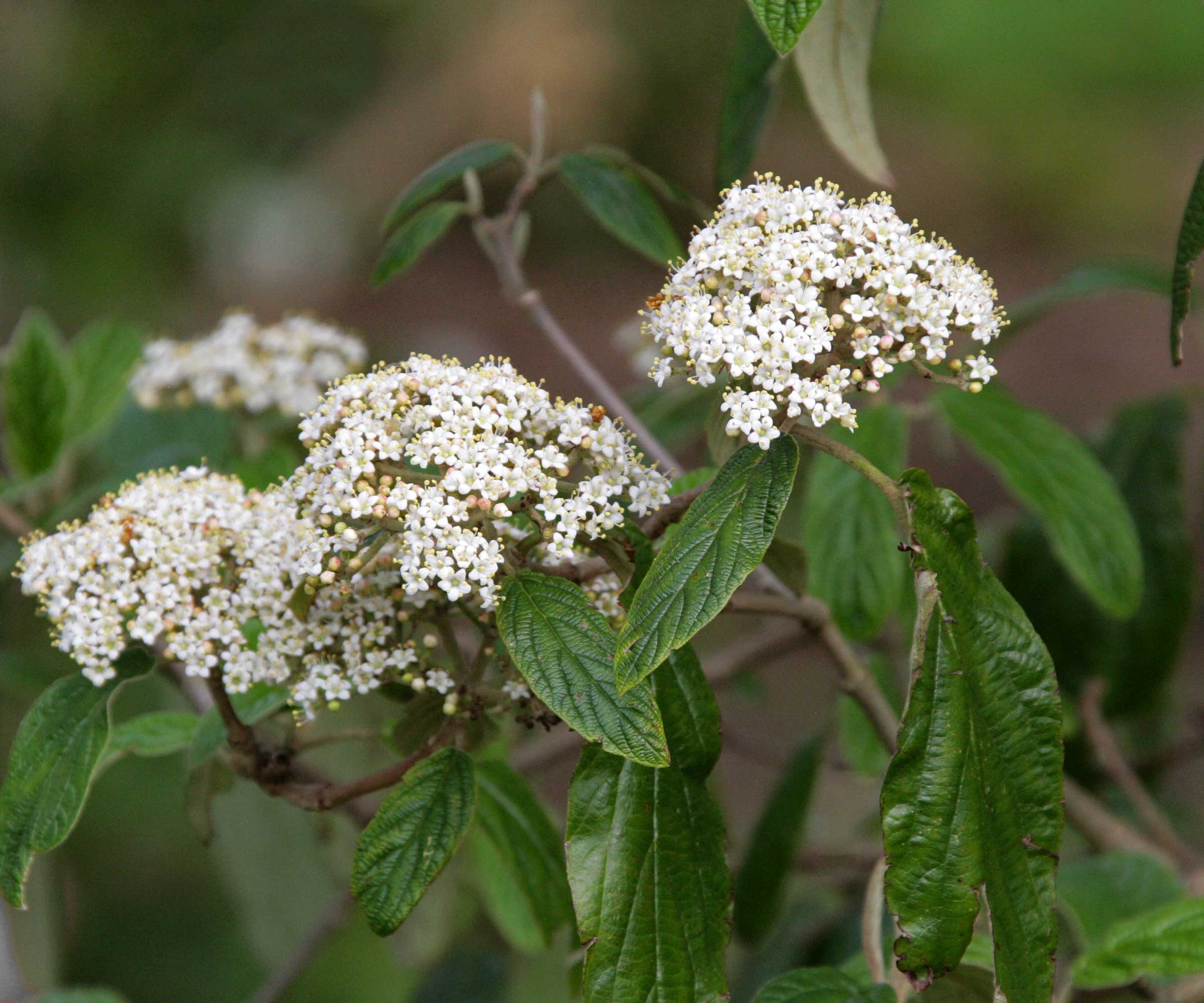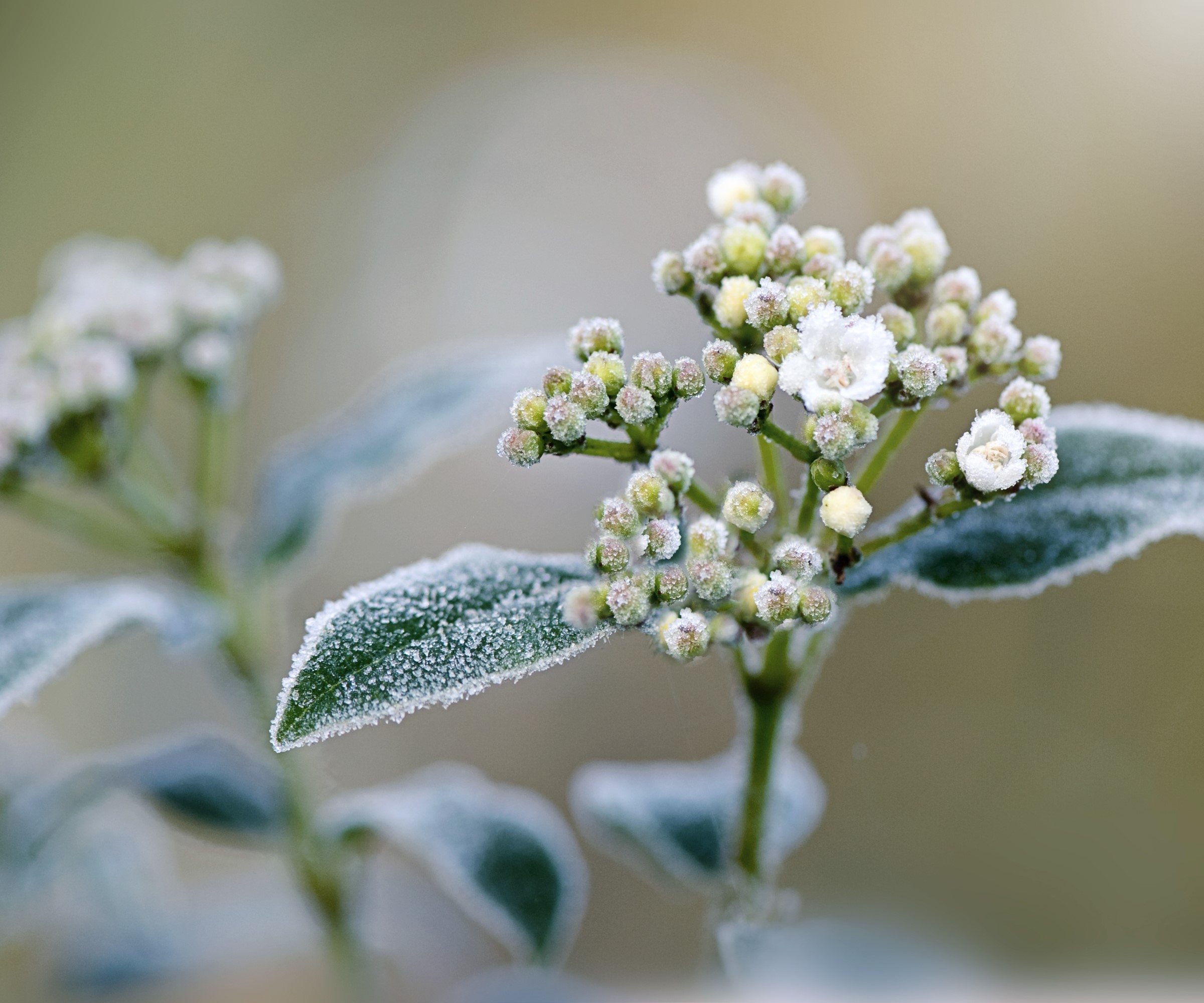When to prune viburnum – know when the time is right to trim
There is an ideal time to prune viburnum and it is important to understand the reasons why


Viburnums are hugely popular species of shrubs. They can range in size, be evergreen or deciduous, and come in many colors. However, one thing they do have in common is that they are low-maintenance and rarely need much pruning.
Gardeners adore them as many flower in winter, where little else is often blooming in the garden, and they are highly fragrant. Even if you are short of space, there are smaller varieties available that will grow happily in pots.
As well as knowing how to grow viburnum and how to prune viburnum, it is important to correctly know when to prune viburnum. Getting the pruning shears out at the wrong time can mean you miss out on a year of flowers. Thankfully, pruning is minimal with viburnums but, if you do need to do it, we look at the best times to do both small and large-scale pruning.

Viburnums can flower from late winter through to summer
When to prune viburnum
Most of these winter and spring flowering shrubs require little or no pruning, bar removing any dead, damaged, or diseased wood that may be identified. The reasons for pruning can be for shaping, maintenance, or renovation reasons. The amount of pruning that a viburnum requires can be dependent on its type, so make sure to do your research before reaching for the pruning shears.
The correct time to prune viburnums is after they have flowered. They are robust deciduous and evergreen shrubs and produce flowers any time during the winter months, sometimes blooming right up until June. The flowers start as tight clumps of small round buds on the end of stems, and gradually open into attractive clusters of small blooms.
Graham Rice, a highly-experienced gardener and author, admits that ‘viburnums rarely need regular pruning’ but there are specific times when branches are best trimmed. He says: ‘Weak, spindly or rubbing branches are best removed after flowering. Thoughtful removal of individual branches may also help improve the shape as plants mature.’
It is best to only do small-scale pruning of viburnums at this time, rather than removing large sections of the shrub. This is best left until late winter or early spring. John Negus, gardening expert, claims it is best to ‘remove around 12 inches of growth’ and to ‘do it from mid-April to early May when sap is surging and cuts heal quickly’.
While most viburnums are given a trim after flowering, if you have a variety that produces berries, such as Viburnum davidii or Viburnum lantana, wait to prune until the fruits start to shrivel and drop in the fall. You can get Viburnum davidii plants from Nature Hills.

Graham has a wealth of knowledge in all things horticulture. He trained at the prestigious Royal Botanic Gardens in Kew, England, and since then has written more than 20 books on plants and gardening.

John has been a garden journalist for over 50 years and regularly answers readers' questions in Amateur Gardening magazine. He has also written four books and has delivered many talks over the years on horticulture.

Viburnum tinus flowers very early in the year
When to avoid pruning viburnum
The primary reason that pruning of these flowering shrubs takes place after flowering is that viburnum flower on wood produced the previous year, so if you prune them in early spring or late winter all you will do is remove the growth that is preparing to burst into blossom.
Pruning should also be avoided when the weather is very cold and there is lingering frost and snow because severe cold can scorch pruning wounds, blackening the shoot tips. If you prune in freezing weather, the shock may stunt growth and even kill the plant.
Also avoid pruning viburnums growing in the soil after heavy rainfall. The ground may be waterlogged and walking on it will compact it, driving out the oxygen and potentially damaging the shrub's roots.
FAQs
When can I hard prune viburnum?
Renovation pruning of viburnum, or hard pruning, can take place at a different time of year to the light trimming that takes place after flowering. Graham Rice says: ‘If necessary, remove the oldest branches in winter to reduce a plant’s size. Over-large plants can be rejuvenated by cutting back severely in late winter.’
Deciduous varieties of viburnum can be pruned in late winter, while evergreen viburnum are best tackled in early spring. This hard pruning is best done early in the year so that there is plenty of time for new shoots to grow. Viburnums do respond well to hard pruning, though you will likely miss out on a season of flowering.
Viburnum are highly versatile and one of the best landscaping shrubs you can opt for. As well as being able to work in flower beds or as flowering hedges, they are also a fantastic fall shrub for privacy if you want to screen off your backyard.
Sign up to the Homes & Gardens newsletter
Design expertise in your inbox – from inspiring decorating ideas and beautiful celebrity homes to practical gardening advice and shopping round-ups.

Drew’s passion for gardening started with growing vegetables and salad in raised beds in a small urban terrace garden. He has worked as a professional gardener in historic gardens and specialises in growing vegetables, fruit, herbs, and cut flowers as a kitchen gardener. That passion for growing extends to being an allotmenteer, garden blogger, and producing how-to gardening guides for websites. Drew was shortlisted for the New Talent of the Year award at the 2023 Garden Media Guild Awards.
-
 How to grow impatiens – garden experts reveal the secrets to growing this shade-tolerant, sparkling summer plant
How to grow impatiens – garden experts reveal the secrets to growing this shade-tolerant, sparkling summer plantBoth 'Busy Lizzie' and 'New Guinea' impatiens can thrive in shady yards
By Ellen Wells Published
-
 Charli XCX's dining room is a 'treasure-trove' of one-of-a-kind pieces – it's the most unique hosting space I've ever seen (and surprisingly replicable)
Charli XCX's dining room is a 'treasure-trove' of one-of-a-kind pieces – it's the most unique hosting space I've ever seen (and surprisingly replicable)The singer's Tudor-style dining room features eclectic furnishings, a mix of patterns and bright colors that all work together beautifully
By Hannah Ziegler Published